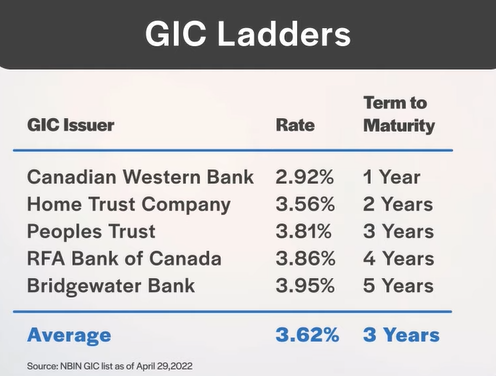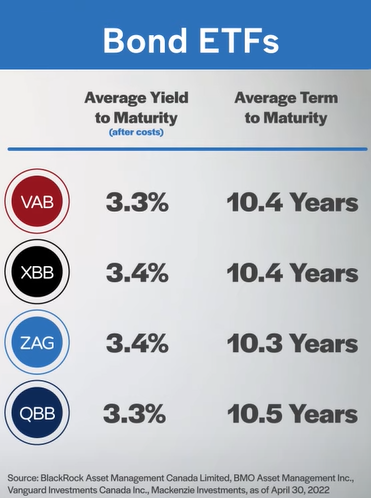 What is the one question to ask when buying a house?
What is the one question to ask when buying a house?
To help you be informed when purchasing a home, we asked business owners and finance experts this question to hear their best advice. From inquiring about homeowners’ fees to asking about renovations, there are several questions that may help you when buying property in the future.
Here are 12 questions to ask when buying a house:
- Are There any Homeowners Association Fees?
- How Old are Appliances and Major Systems?
- How Long Has the House Been on the Market?
- What does the Inspection Reveal?
- How Much Have Nearby Properties Sold for?
- Are There Any Risks to One’s Health Or Safety?
- What Do the Seller’s Disclosures Signify?
- What Kind of People Live Nearby?
- Is the Home Prone to Floods Or Other Natural Disasters?
- What is the Seller’s Reason for Leaving?
- What’s Included in the Sale?
- Were any Additions or Major Renovations Made?
Are there any Homeowners Association fees?
When looking for a home, you usually think about the payments that affect your mortgage, like taxes, insurance and upgrades. You may also try to estimate what you will have to pay for your utilities. However, when you find that perfect home, you should also consider if there are any homeowner association (HOA) fees that come with living in a new community. HOA fees are required payments that help ensure the neighborhood and properties are maintained to a certain standard.
HOA fees can cause you to lose your home if you don’t pay them monthly or annually. They are separate from your mortgage, and the fee can range depending on where you live, possibly ranging from $100–$1,000 per month. Because these fees are not included in your mortgage, you have the responsibility to pay them, and you should factor the cost into your budget so that you don’t find yourself in a dire financial situation or risk losing your home. — Annette Harris, Harris Financial Coaching
How old are appliances and major systems?
This is one question that I believe should be asked when purchasing a home, because knowing the expected lifespan of important systems and appliances—such as the air conditioner, furnace, water heater, washer, dryer and stove—can help you budget for major repair or replacement costs. Request a house warranty from the seller to cover the expense of replacing these things if they are nearing their end of life, or if they have already reached it. — Gerrid Smith, Joy Organics
How long has the house been on the market?
I believe this is an important topic to ask before making an offer on a house, since a seller will be more willing to negotiate a lower price if their house is on the market for a longer period of time. As a result, you may be able to haggle on the price, conditions, terms and credits associated with the replacement of worn-out carpet or other obvious difficulties.
If a home is overpriced from the start, it may sit on the market for a long period before finally selling after several price reductions. For some purchasers, an overly long time on the market and frequent price decreases suggest that something is amiss with the property. As a result, you have a fantastic opportunity to work out a bargain. — Edward Mellett, Wikijob
What does the inspection reveal?
You can never ask too many questions when buying a house. It’s a major investment and one that a lot of people spend a lifetime saving up for, and it’s important to have all the information before making your purchase. Generally speaking, the important questions will be answered during the inspection and appraisal processes, which you should ensure always happen if you can help it. Continue Reading…






